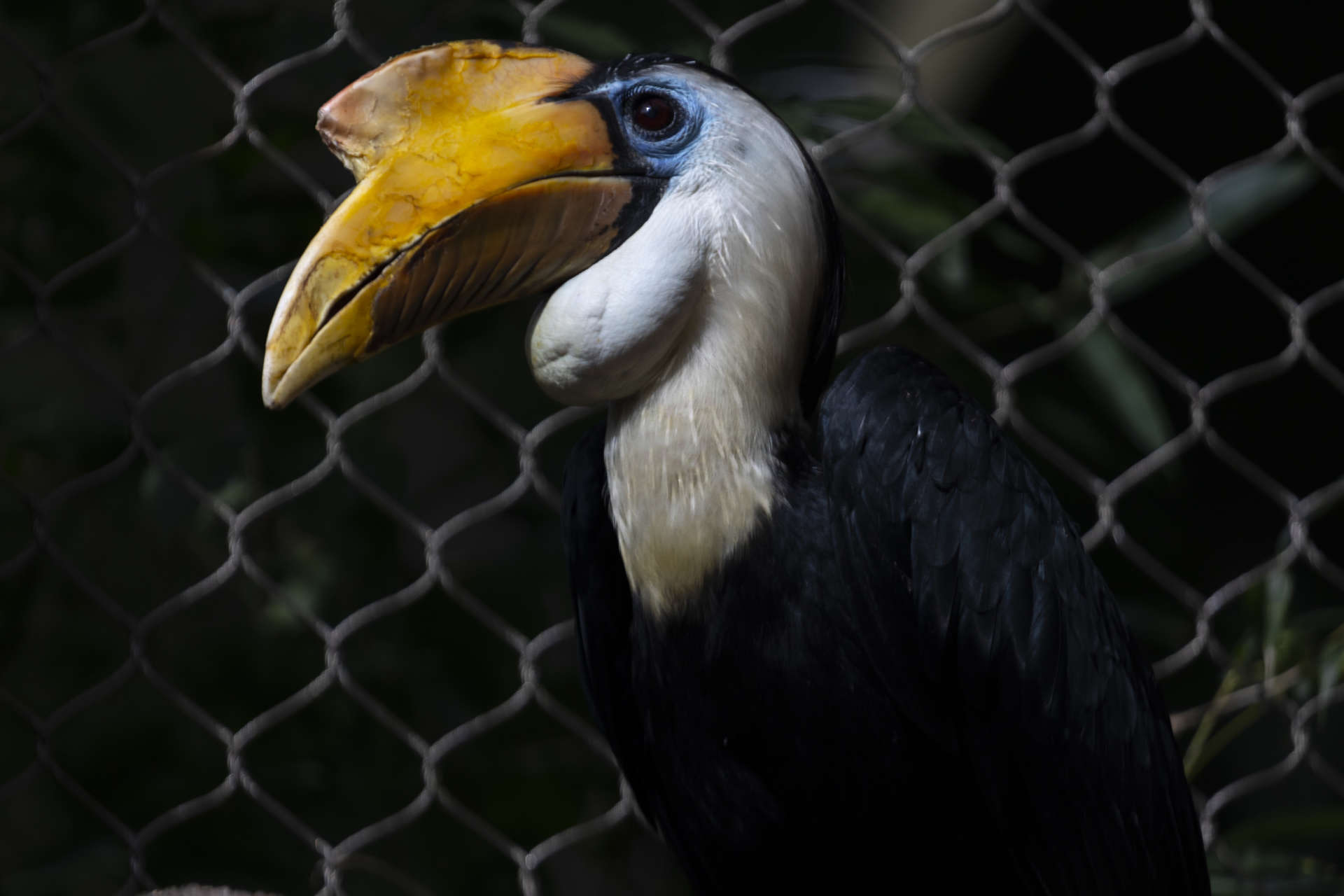Summary of The wrinkled hornbill: A fascinating forest dweller:
The content discusses the wrinkled hornbill, a bird native to Southeast Asia, specifically Borneo and Sumatra. The bird is known for its unique appearance, including a wrinkled casque on top of its bill and its nesting habits. It primarily lives in the rainforest canopies and is an important seed disperser. However, the wrinkled hornbill is currently classified as vulnerable due to habitat loss, deforestation, and illegal hunting. Conservation efforts are being made to protect the bird’s habitat and raise awareness about its importance.
Summary:
1. Introduction to the wrinkled hornbill and its distinct appearance.
2. Habitat and adaptation of the wrinkled hornbill in the rainforests of Borneo and Sumatra.
3. Feeding habits and role as seed dispersers in the forest ecosystem.
4. Threats to the wrinkled hornbill’s population and conservation efforts.
5. A call to action to protect the wrinkled hornbill and its habitat.
In the dense rainforests of Southeast Asia, a peculiar and captivating bird takes to the skies with its distinct appearance and unique behavior. Enter the wrinkled hornbill, a remarkable avian species that has captured the hearts of nature enthusiasts and researchers alike. This magnificent bird stands out in the avian kingdom with its unmistakable wrinkled casque and extraordinary nesting habits; join us as we explore the intriguing world of the wrinkled hornbill and uncover the secrets of its survival in the lush green canopies.
The most striking feature of the wrinkled hornbill is its wrinkled casque, a curved structure on top of its bill. The casque is made of a hard, keratinous substance and adds to the bird’s unique appearance. Its plumage is predominantly black, with white feathers on the belly and tail. Measuring around 70 centimeters in length, the wrinkled hornbill is considered a medium-sized bird. While males tend to have a larger casque, males and females are similar in appearance. With its broad wingspan and powerful beak, the wrinkled hornbill is well adapted for life in the dense forest, where maneuverability and foraging skills are vital.
Endemic to the rainforests of Borneo and Sumatra, the wrinkled hornbill thrives in the lower and middle canopy levels of these biodiverse islands. They prefer undisturbed, primary rainforests but can also be found in selectively logged areas. However, like many other species, the wrinkled hornbill faces threats due to habitat loss and deforestation. Increased agricultural activities, logging, and the pet trade industry are destroying these precious ecosystems. We must take immediate action to protect their habitat and preserve the delicate ecological balance of these rainforests.
Wrinkled hornbills are primarily frugivorous, feeding on various fruits and occasionally small vertebrates and invertebrates. They play a crucial role as seed dispersers in the forest ecosystem. Their unique beak allows them to pluck and manipulate fruits, aiding in the dispersal of seeds across the rainforest. This behavior helps maintain the ecosystem’s biodiversity by allowing different plant species to spread. Additionally, wrinkled hornbills exhibit cooperative breeding behavior. Mated pairs engage in courtship displays and build nests in tree cavities, using mud and feces to seal the opening. This unusual nesting behavior ensures their offspring’s safety and showcases these birds‘ resourcefulness.
Despite their captivating characteristics and ecological importance, the wrinkled hornbill is currently classified as vulnerable on the IUCN Red List of Threatened Species. This magnificent bird’s main threats are habitat loss, deforestation, and illegal hunting. Thousands are captured from the wild each year for the pet trade industry, further contributing to their decline. Conservation organizations and local communities are working tirelessly to protect the wrinkled hornbill’s habitat and raise awareness about its ecological importance. These efforts include reforestation projects, strengthening law enforcement, and promoting sustainable practices.
The wrinkled hornbill’s wrinkled casque and captivating behaviors make it an incredible creature. However, its vulnerable status reminds us of the urgent need to protect and preserve its habitat, ensuring the survival of this remarkable bird and the countless other species that rely on these precious ecosystems. By supporting and participating in conservation efforts, we can make a difference and secure the future of the wrinkled hornbill and the biodiversity of the rainforests it calls home.
In conclusion, the wrinkled hornbill is a unique and fascinating forest dweller that deserves our attention and protection. Its wrinkled casque and extraordinary nesting habits set it apart from other avian species. However, the threats it faces, such as habitat loss and illegal hunting, require immediate action. Through conservation efforts and raising awareness, we can ensure the survival of this remarkable bird and contribute to the preservation of the rainforest ecosystems it inhabits. Let us appreciate and protect the beauty of nature and all its extraordinary inhabitants, including the wrinkled hornbill.


